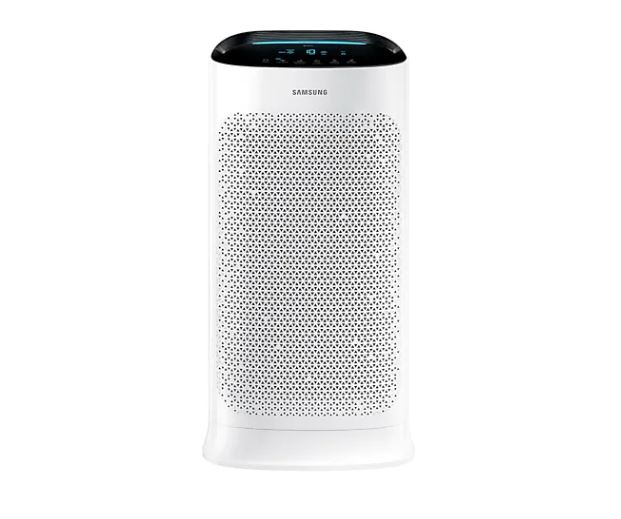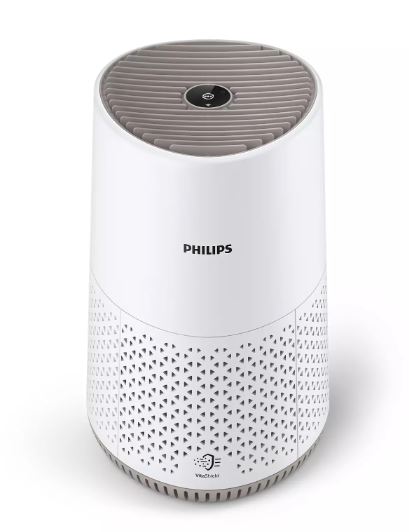Air Purifiers vs. Plants: Which is the Best Air-Cleaning Champion?
Air Purifiers vs. Plants: Which is the Best Air-Cleaning Champion?
Blog Article
In a health-conscious world, the air quality indoors and out has taken center stage for homeowners and health-conscious individuals. With increasing environmental pollution and a deeper insight of the influence of indoor air quality on overall health on our health, it's no surprise that the air purifier market is booming.
Air purifiers are devices that clean the air of pollutants in a space, enhancing the air we breathe indoors. They are especially advantageous for those with allergies, asthma, or respiratory concerns as they can significantly lower the presence of allergens, pollutants, and irritants in the air. Healthy individuals, too can rely on the added protection of air purifiers, as they offer peace of mind and an extra layer of protection against airborne illnesses.
This comprehensive overview will dive deep into the intriguing world of air purification, examining their advantages, the different types available, crucial aspects to think about when making a purchasing decision, and optimizing your purifier's performance. By the end, you should have a thorough grasp of air purifiers and be able to choose wisely about whether investing in one is the smart move for your household.

Unraveling Indoor Air Contaminants and Their Effects on Well-being
To appreciate the value of air purifiers, it's essential to grasp the types of pollutants they target and the potential consequences of prolonged exposure.
Indoor air pollutants can be broadly categorized into three main types:
- Particulate Matter: This includes solid particles and liquid droplets suspended in the air. Examples include dust, smoke, pollen, pet dander, mold spores, and more. Particulate matter can cause respiratory issues and trigger allergic reactions.
- Volatile Organic Compounds (VOCs): VOCs are gases emitted from various solids or liquids. Sources of VOCs include paints, cleaning products, aerosol sprays, and pesticides. Exposure to VOCs can lead to eye, nose, and throat irritation, headaches, and nausea.
- Understanding Biological Contaminants: These include microbes such as bacteria, viruses, mold spores, and mildew. They can cause a variety of health problems, from minor allergies to serious infections.
The effects of these pollutants on human health can differ considerably. For those suffering from respiratory ailments or weakened immune systems, exposure to indoor air pollutants can lead to severe complications. Even those in good health, long-term exposure to certain pollutants can impact respiratory health and overall well-being over time.

How Air Purifiers Work
Air purifiers use a combination of physical and chemical processes to capture and remove pollutants from the air. Understanding the underlying principles employed by purifiers will help you grasp how they work and the variety of options on the market.
Here are the primary mechanisms and innovations used in air purifiers:
- Mechanical Filtration: This is the most widely used approach used in air purifiers. It involves using filters designed to trap airborne particles as air is drawn into the purifier. The filtration media varies, each designed to capture specific types of particles. For example:
- Pre-filters: The First Line of Defense: These are usually the initial barrier, capturing larger particles like dust, hair, and similar larger particles.
- HEPA Filtration: Unparalleled Performance: HEPA filters are highly effective at trapping ultrafine particles, including dust mites, pollen, bacteria, and viruses. To be labeled a bona fide HEPA filter, it must effectively capture particles as small as 0.3 microns, with a minimum efficiency of 99.97%.
- carbon filtration: These filters are designed to reduce VOCs and odors.
- The Power of Ionization: Ionizers use electricity to create ions with a negative charge, which bind to particles in the air. The charged particles are drawn to nearby surfaces or the purifier itself.
- Ozone Generators: Some air purifiers use ozone as a potent disinfectant to destroy contaminants. While effective, ozone is a respiratory irritant so these types of purifiers should be used with caution and only in unoccupied spaces.
- UV Light: A Radiant Solution: UV light can be used to effectively eliminate bacteria, viruses, and mold. UV light is often used in combination with a filter to capture particles first, followed by UV light to neutralize any remaining biological threats.
Choosing the Right Air Purifier
With a variety of choices available, selecting the perfect purifier can be a difficult decision. It's important to consider multiple factors to ensure you make the correct choice for your particular needs and room size.
Here are some key considerations:
- Room Size: Air purifiers are typically rated for specific room sizes, so it's important to choose a model that can effectively handle the square footage of the room. Most purifiers will list a maximum room coverage or CADR, which indicates the amount of purified air circulated per minute.
- Targeted Pollutants: Identify the particular contaminants you want to target. If you suffer from allergies, look for a purifier with a HEPA filter. For odor removal, consider a model with a activated carbon filter. If you're concerned about bacteria and viruses, a purifier with UV light technology might be best.
- Noise Level: Air purifiers can produce a range of noise outputs, so if you plan to use it in a serene environment, look for models with a quiet mode for undisturbed rest.
- Long-term Considerations: Consider the long-term expenses and upkeep of the purifier. HEPA filters generally require replacement every 6 to 12 months, depending on use and environmental factors. Include filter replacement costs in your calculations when making your choice.
- Additional Features: Many purifiers offer intelligent features like wireless connectivity, air quality sensors, and smart modes, allowing convenient remote access and monitoring. These features can enhance the convenience and effectiveness of your purifier.
Unlocking the Full Potential of Your Air Purifier
Once you've invested in an air purifier and set it up, there are several things you can do to ensure it operates at peak performance and delivers the optimal results:
- Optimal Placement: Position your purifier in an open area, away from walls and furniture, to ensure efficient air circulation. Avoid placing it near windows or doors as drafts can impact its efficiency.
- Keep it Running: For the best results, it's recommended to run your purifier regularly. Many models have low-energy settings or automatic modes that respond to air quality changes, so you can maintain clean air without running up a huge energy bill.
- Regular Filter Care: Regularly check and replace filters as recommended by the manufacturer. Over time, filters become saturated with particles, affecting efficiency. Mark the date of replacement on your calendar so you don't forget.
- Reducing Indoor Contaminants: Alongside using an air purifier, take steps to reduce indoor pollutants. This could include vacuuming, dusting, choosing natural cleaning alternatives, and limiting aerosol and chemical products. Report this page